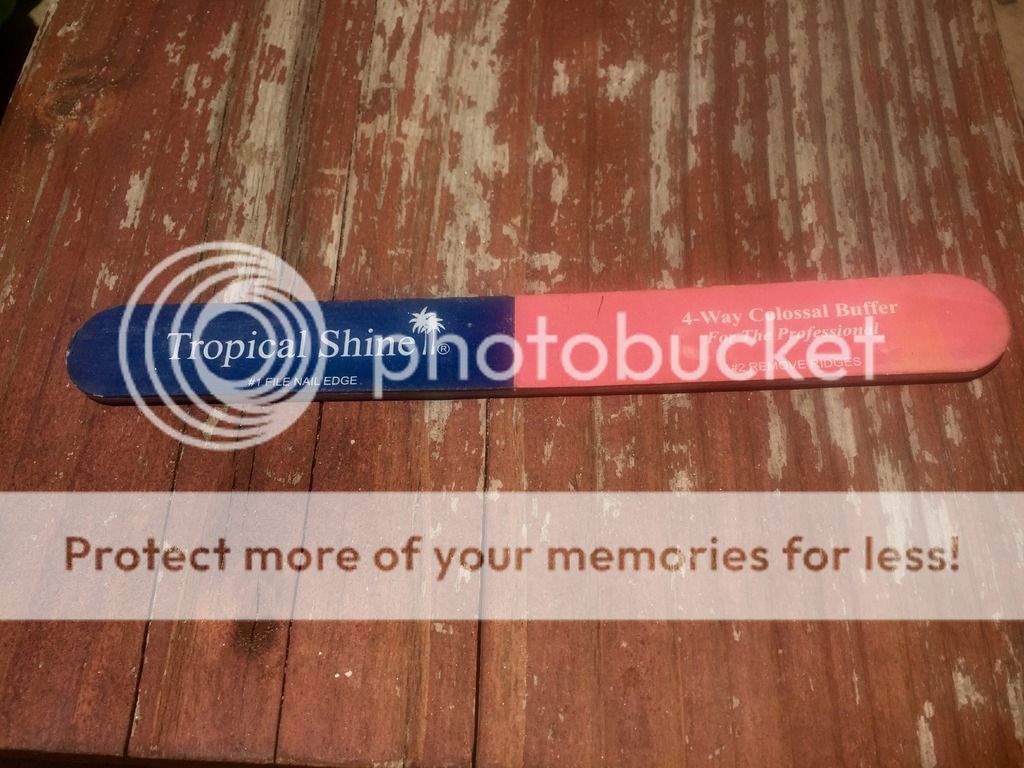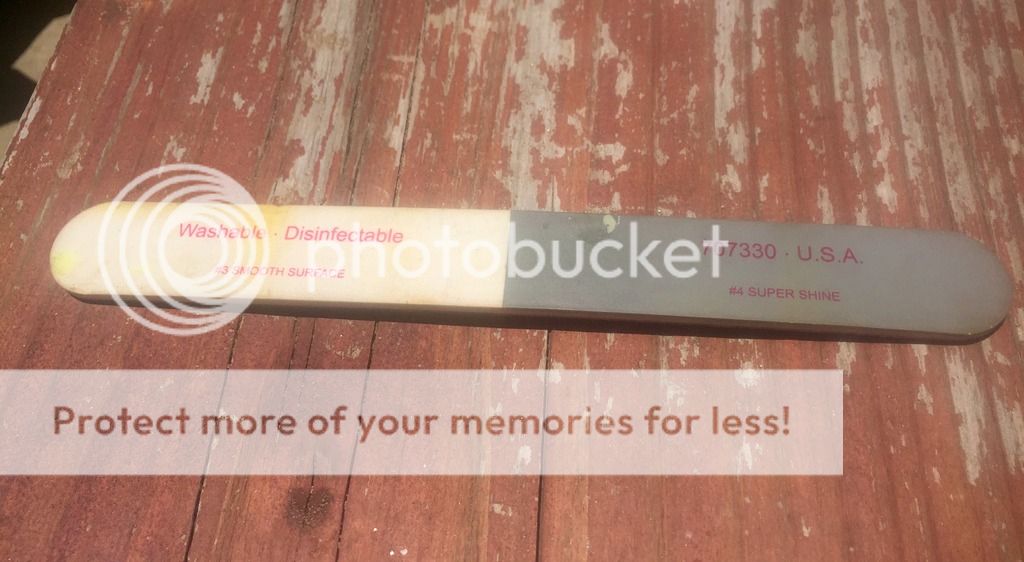- Joined
- Mar 8, 2014
- Messages
- 33
Hey all, I hope y'all are well.
I happened upon a great Böker Congress knife on the net and naturally, couldn't pass it up.
However, in the description the seller noted a "pincrack to liner on the rear center pin."
My question is 1) should I fix it somehow (i wouldnt know where to start) and 2) if I can't fix it, would the crack get worse over time with the usual wear and tear??
I surely do appreciate any help y'all can lend me.
Sent from my SM-N920V using Tapatalk
I happened upon a great Böker Congress knife on the net and naturally, couldn't pass it up.
However, in the description the seller noted a "pincrack to liner on the rear center pin."
My question is 1) should I fix it somehow (i wouldnt know where to start) and 2) if I can't fix it, would the crack get worse over time with the usual wear and tear??
I surely do appreciate any help y'all can lend me.
Sent from my SM-N920V using Tapatalk








